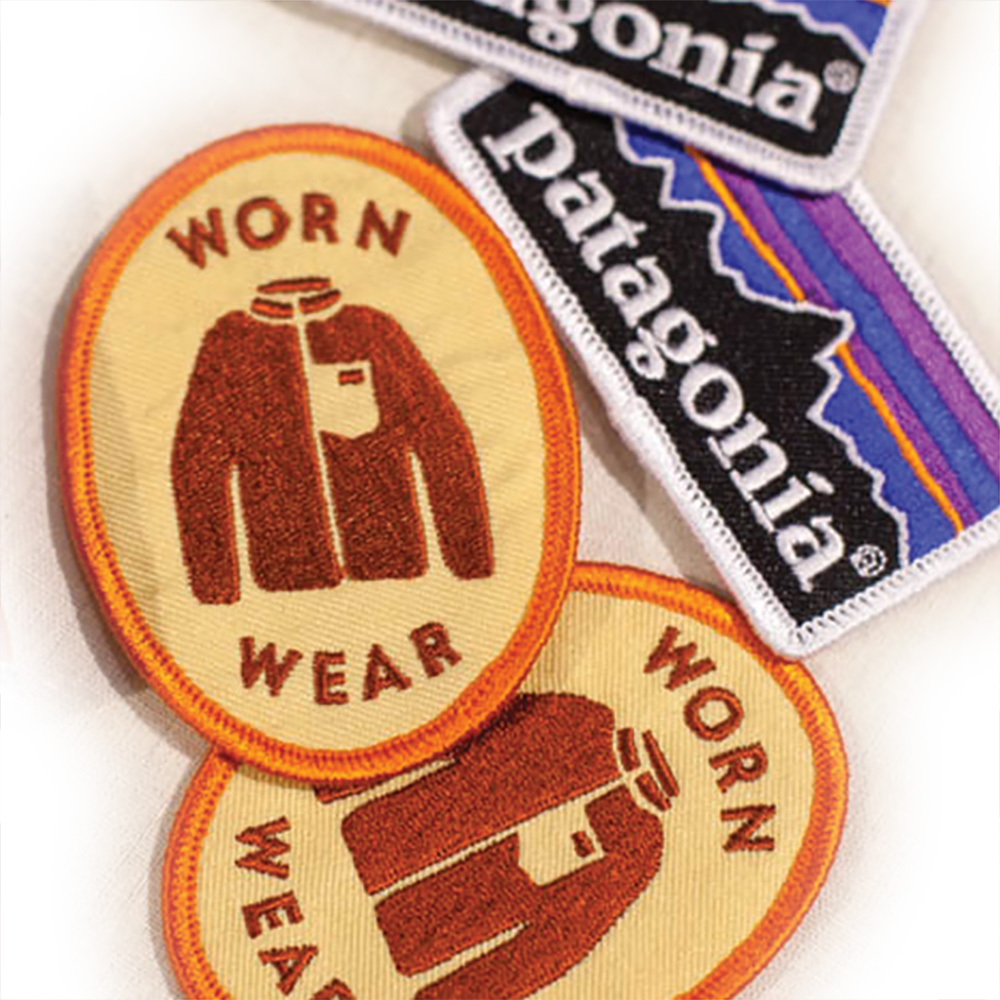Patagonia Is Leading The Re-Commerce Evolution With Worn Wear
Patagonia’s Worn Wear program is one of those brilliant ideas that makes one wonder why this isn't something that all companies do. As a sustainability leader, Patagonia has taken inspiration from nature’s regenerative biological cycle to reshape the apparel industry through an approach that creates as little harm as possible. Historically, they have focused heavily on material and process innovation to achieve their goals. However, the successful launch of Worn Wear shows how a digital platform coupled with business model innovation can reduce waste and increase value.
Worn Wear is an online second hand ‘re-commerce’ platform where customers can purchase used apparel at a fraction of what it costs new. Inventory comes from customers trading in clothing they no longer use in exchange for credit. This platform embodies an idea central to the Circular Economy; moving away from a throw-away-and-replace society, to a return-and-renew model in order to build long term prosperity.
If you have been a fan of the Patagonia brand but found their products to be out of your budget, be sure to check out Worn Wear.
Why Brands Should Take Notice Of Worn Wear
What makes Worn Wear such a breakthrough concept is in how it expands value for customers and the brand all while ensuring products are utilized as long as possible. It provides an access point to customer that aspire to the brand but normally can’t afford to pay the premium price for their garments. Patagonia gains access to these customers without becoming a ‘value brand” -thus retaining the brand’s integrity.
Worn Wear also presents an opportunity for Patagonia to control the second hand market, and extend profits by capitalizing this previously untapped revenue stream. Typically the buy-back value for a pair of pants is $10 which then gets resold at $35-45. An added, unforeseen benefit of this program is that it simultaneously fends off opportunities for a grey market to develop. This re-commerce platform is also an excellent channel for the brand to sell old inventory easily, without having to host frequent sales, thus further expanding the brand’s reputation.
The potential for the lifetime value for the customer sky rockets with a program like this. Once they receive credit for trading in their clothing, they are immediately incentivized to continue engaging with the brand especially since the credit is only issued at physical store locations. Essentially, the barrier to leave the brand becomes even more steep as the incentives continue to grow.
It is important to remember that one of the reasons that makes a program like this work is Patagonia's timeless design ethos. Rather than styling their products for the latest trends, their design aspires to remain relevant decades from when they were first produced. This means that products found in their Worn Wear store are just a relevant today as they were a few years ago when they were first purchased.
The single thing that brands can do today to significantly reduce their environmental impact is to ensure that their products remain in use for as long as possible. Platforms like Worn Wear allow for the expansion of new customer segments, control the second hand market and increase lifetime value for the customer—all while doing good for the environment. It’s expected that brands, particularly luxury and quality-centric brands, will realize the benefit of such programs, making re-commerce as ubiquitous as e-commerce is today.






